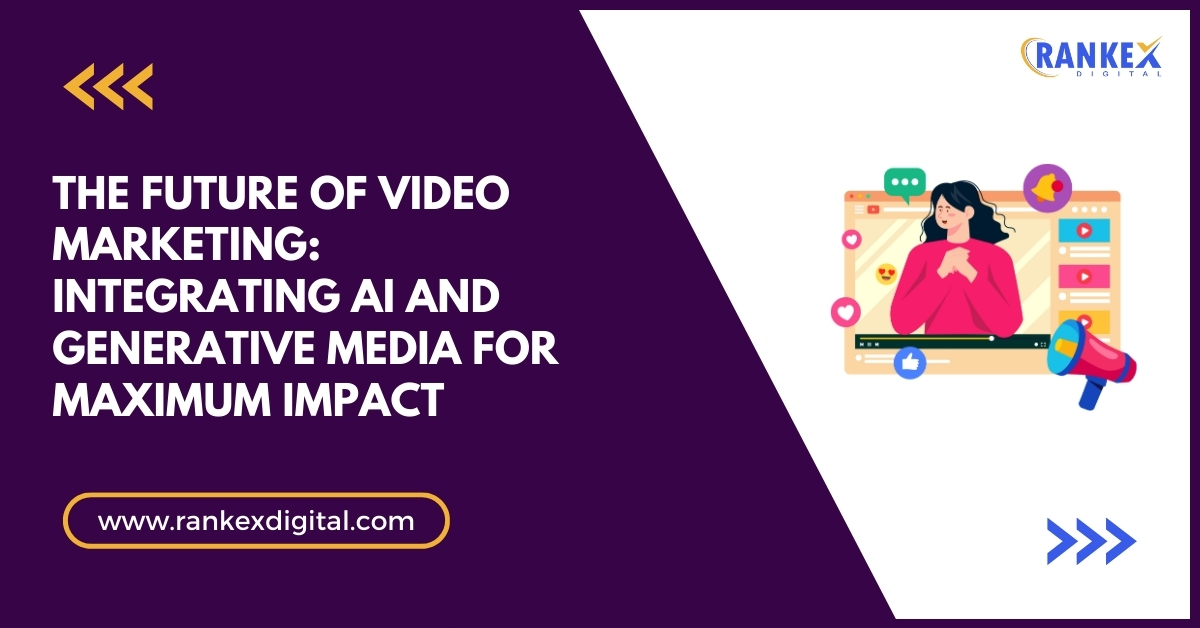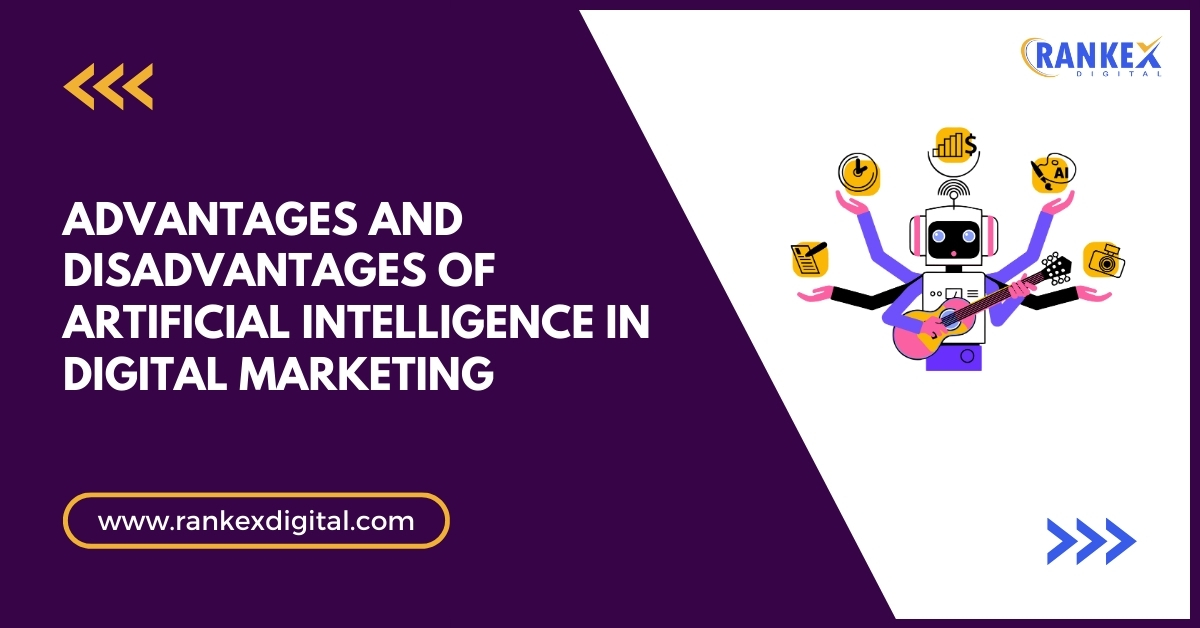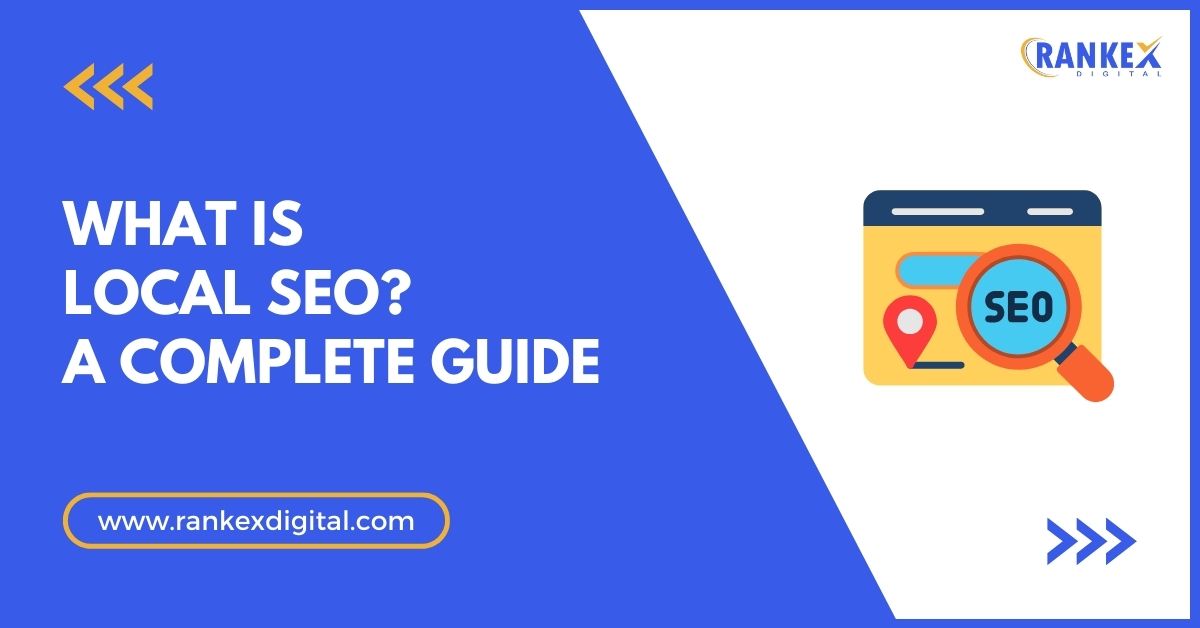Video marketing has become the backbone of almost every digital strategy in the modern market, partly due to the emerging need for engaging, dynamic content.
Advances in AI and generative media are changing the game for marketers, making it possible to create relevant, meaningful, high-value video content for diverse audiences.
The tech they employ does not only streamline the process of content creation but also enables mass customization to maximize engagement across platforms.
In this article, we’ll explore how marketers can leverage AI video tools to produce engaging content at scale and adapt it effectively for different platforms, ensuring their campaigns remain relevant in an ever-evolving digital landscape.
Table of Contents
- 1 The Rise of AI in Video Marketing
- 2 Scalable Content Creation with AI Video Tools
- 3 Modifying Video Content for Multichannel Distribution
- 4 Enhancing Personalization through Generative Media
- 5 How AI in Video Marketing Overcomes Common Challenges
- 6 Major Strategic Steps for Using AI in Video Marketing
- 7 The Future of Video Marketing
- 8 Conclusion
The Rise of AI in Video Marketing
AI-facilitated video marketing, in its turn, allows the creation of high-quality, film-like content in a fraction of the time it would take using traditional means. AI-facilitated tools like the generator can create scripts for videos, propose visions, and even create movies based upon simple prompters. This cuts down work significantly and will make video production accessible to marketers from any industry.
Generative AI is another subset under artificial intelligence, which makes such a process different by producing original content. It will use the ultimate machine learning algorithm to give birth to text, images, and video elements from scratch. This technology is of big help in crafting unique marketing assets that stand out amidst the crowded digital spaces.
Scalable Content Creation with AI Video Tools
One of the most significant advantages of integrating AI into video marketing is scalability. Marketers often face the challenge of producing enough content to maintain their presence across multiple platforms. AI video tools solve this problem by enabling the rapid creation of videos tailored to specific audience segments.
For example, using free video generators powered with AI, a simple text input can become a fully produced video with transitions, music, and visuals. Professional quality is thus attained without the need for expensive production teams. Such tools further enable testing different formats and styles to ensure the content will resonate with groups of diverse audience preferences.
Modifying Video Content for Multichannel Distribution
Content on each social media platform is different. What resonates with the audience on Instagram might not resonate with the audience on LinkedIn, and the video that performs well for TikTok will not cut it on YouTube. AI tools make content adaptation easier by automatically resizing, reformatting, and optimizing videos for each channel.
To boost cross-channel engagement further, marketers are also embedding scannable assets like QR codes in videos—ideal for driving offline-to-online interactions during events, product launches, or physical promotions. Tools like The QR Code generator make it easy to embed dynamic QR codes that link to landing pages, discount offers, or even trackable forms—allowing creators to extend video engagement beyond the screen.
For instance, AI can take a closer look at the engagement patterns of particular audiences and suggest edits to enhance performance. A marketer looking to create platform-specific content can depend on AI to generate videos optimized to be used for vertical formats, short-form storytelling, or long-form narratives, depending on the platform’s requirements.
Furthermore, advanced AI tools offer options to incorporate captions, translation, and other localizing elements in a way that simplifies reaching an audience across borders. Using AI to generate videos, brands can create culturally sensitive content with relatively minimal effort, thereby bridging language and culture gaps.
Enhancing Personalization through Generative Media
Video marketing is most effective when personalized to the individual. Consumers are more likely to engage with the most appealing content that meets their preferences and needs. Generative media makes it easier to create personalized video assets at scale by producing variations of the same core message for different audience segments.
For example, AI will create a personalized video message for an email marketing campaign or dynamic ad that changes as the viewer’s demographics and behavior change. In this way, each user gets to view content related to his interests, thus making conversion more likely. Using an email verifier ensures these personalized messages reach valid contacts, increasing the likelihood of conversion.
How AI in Video Marketing Overcomes Common Challenges
The downsides of video marketing are time constraints, high costs of production, and consistent creativity. AI tackles each of these problems: It automates repetitive tasks, reduces costs, and gives creative suggestions.
With AI tools, the work of scriptwriting, voiceovers, and editing can be left to the machine. At the same time, AI-based analytics point out what is working and what isn’t, and marketers can quickly adjust their campaigns. This way, automation, and analytics go hand in hand to make video marketing much more productive and efficient.
Major Strategic Steps for Using AI in Video Marketing
Marketers would need to embrace the following to truly tap the fuller potential of AI and generative media:
- Begin with Data-Based Insights: AI tools are appreciated for their ability to analyze data, and identify audience preferences, and trends. These insights will inform video marketing strategy and ensure that the content catered is as expected by the audience.
- Test Automated Video Production: A free video generator and other tools can be used to test various video formats and styles without spending much.
- Content personalization based on Global audiences: AI-driven localization features are used to create videos for different languages in various formats, thus making your message reach global audiences effectively.
- Optimize for Each Platform: Tailor your video content to the specific requirements of each platform, leveraging AI tools that simplify resizing and reformatting.
- Analyze Performance Metrics: AI-powered analytics tools provide in-depth insights into the performance of your video content. Use these metrics to identify successful elements and replicate them in future campaigns.
The Future of Video Marketing
These developments in AI and generative media will only increase their role in the field of video marketing. Future stages might include hyper-realistic virtual influencers, real-time adaptation of content based on viewer reactions, and more interactive features that blur the lines between the viewer and creator.
Adopting these technologies today, along with the right video editing software a category featured on Spotsaas will help marketers lead the competition in the best possible way. They can create high-quality, engaging content to be shared and accepted by diverse audiences and carry out an ever-changing digital landscape through adopting AI into the video marketing strategy.
Conclusion
AI and generative media in video marketing are a whole new level forward for marketers looking to really make an impact at scale. With automation through the availability of personalized content, AI tools open opportunities for high creativity and efficiency along with engagement.
Marketers can break through traditional barriers surrounding the production of their video to deliver the compelling campaign that holds the audience’s attention.
Whether you’re looking to produce engaging videos quickly or adapt them for various platforms, AI offers a versatile solution that empowers marketers to meet the demands of modern audiences.
With tools like a free video generator and the ability to use AI to generate videos, the possibilities for innovation in video marketing are virtually limitless. Now is the time to embrace these advancements and transform your approach to content creation.









